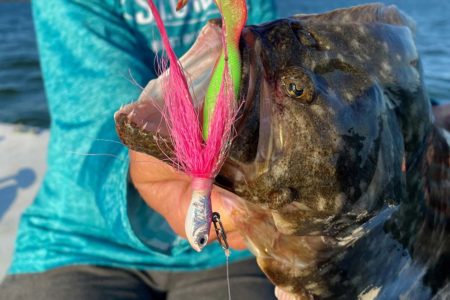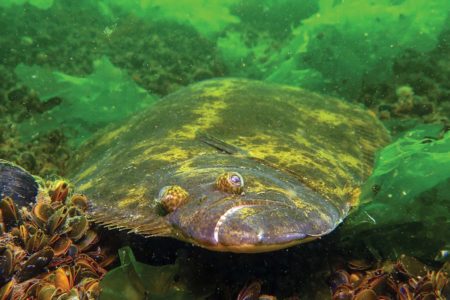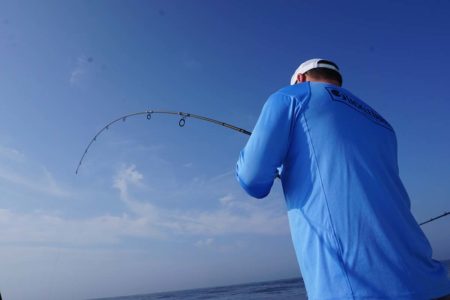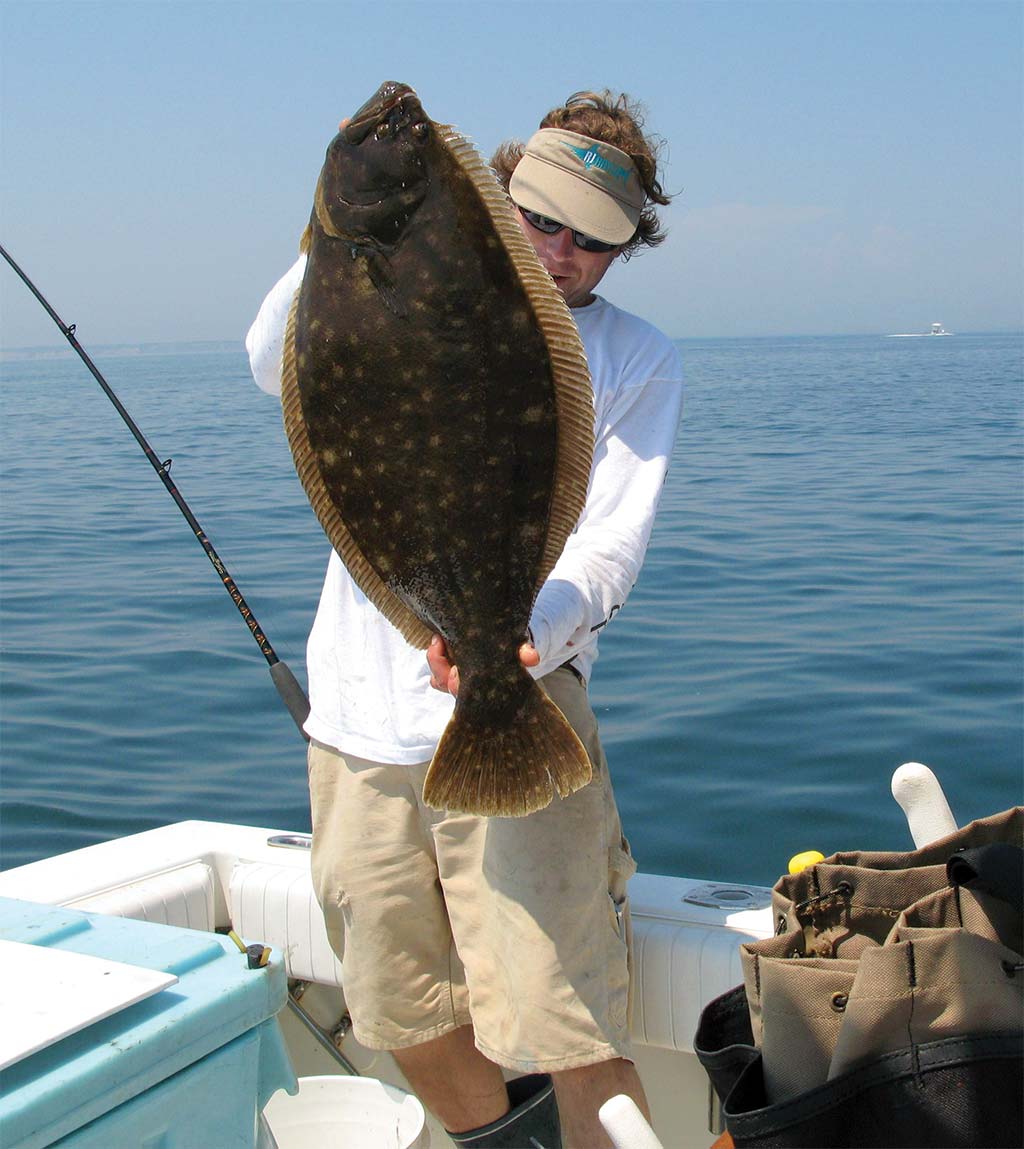
Some of the finer points of hunting summertime doormats and a possible spot on the Dream Boat leaderboard.
I respect the angler that stays on fluke. By this I mean, he or she commits to the fish, fully, through thick and thin, for better or for worse. It isn’t easy these days. For one, other fisheries are constantly tugging at us, vying for our attention. Couple this with low fluke stocks and you’ve got plenty of incentive to do something else. But the fluke are out there and so are those anglers that obsess over the big ones.
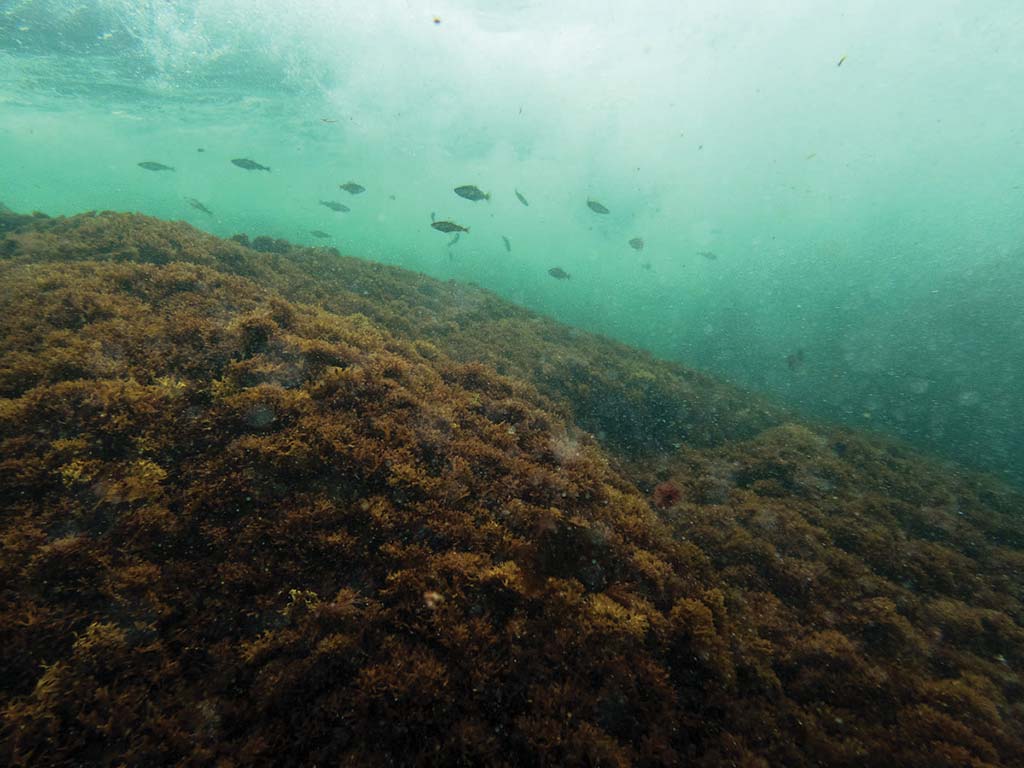
Think Like A Fluke
I think it’s important to think like a fluke, which, of course, is not possible since there are many things we will never know. However, we can at least try, and for me this means understanding the kinds of places where big fluke hang out. It comes down to an ability to read the bottom and that is not easy, for rarely can we physically see it with our own eyes.
It’s why I like bottom fishing. There is something mysterious about it, hidden from sight. On one level it seems so basic – drop rig to the bottom and wait for a bite. Bottom fishing is what beginners do before they figure out how to chase stripers and bigeyes. Not me. A big fluke is a bad fish, a mean fish. They are as beautiful as fish get. And who amongst us doesn’t love that moment, the rod bent, our heart thumping, as the fish comes into sight, the looming brown of a big slab as it rises toward the boat, and we start saying, “Net, net, get ready with the net!”
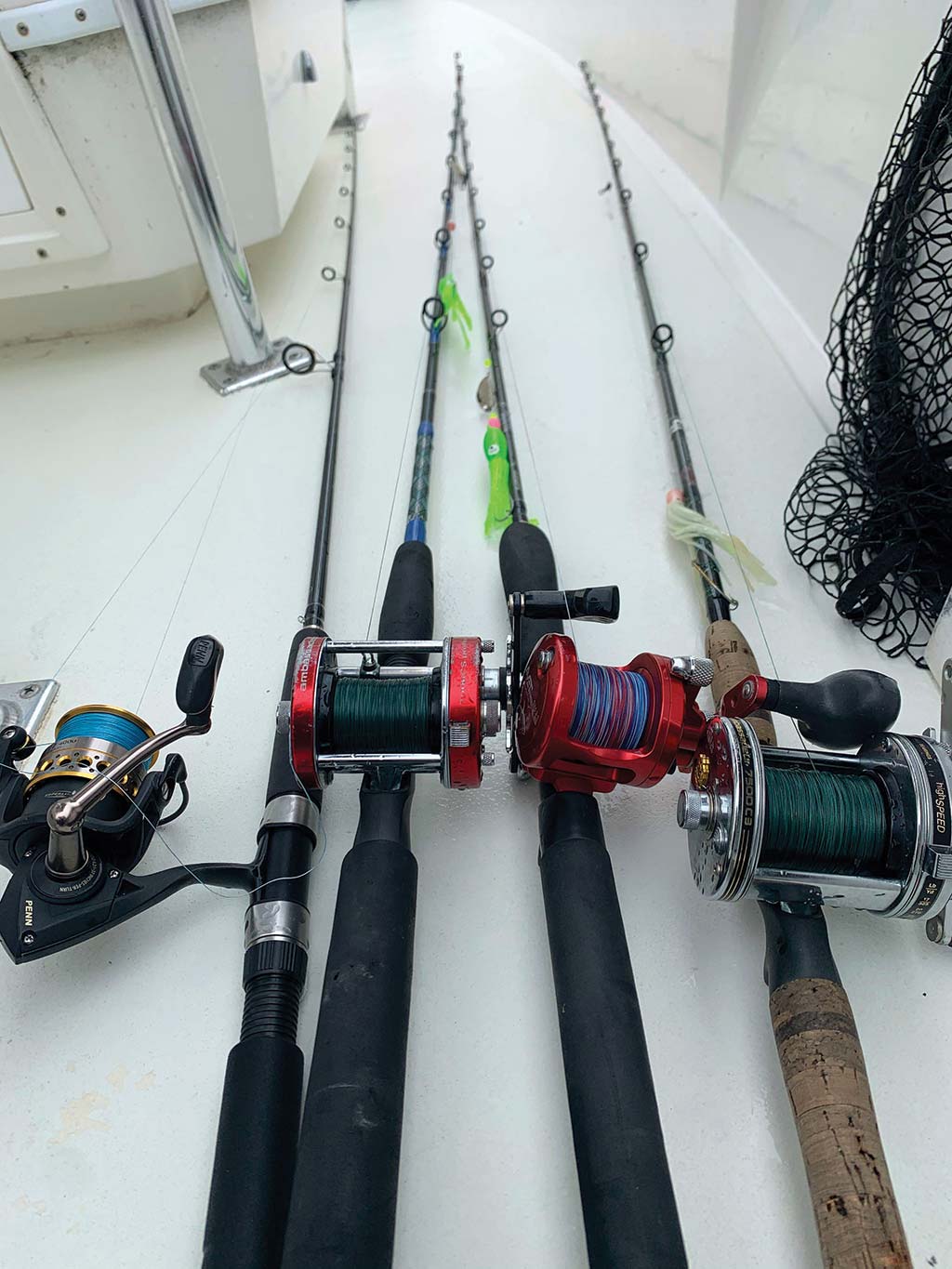
Fluke hide on or in the bottom waiting to ambush whatever swims by. These fish are very quick. In a blink, they can fly. I used to spend a lot of time as a boy snorkeling in summer estuaries. I’d see fluke, mostly small ones, incredibly blended into the sand. They would startle me when they took off. Just a puff of sand to mark where they had been. I’m sure the big ones do the same – that concentrated explosion of movement, like a northern pike or barracuda. I’ve also seen fluke free-swimming off the bottom. When they want to travel, these fish can cover ground. I bet when fluke are migrating inshore in the spring and offshore in the fall, the fish travel close to the bottom but maybe not hard down on it. I bet they do this as well when following sand eels, butterfish, or other bait. A big fluke is not a complacent creature. They are an active predator with a mouth that can easily suck down a 12-inch haddock or whiting.
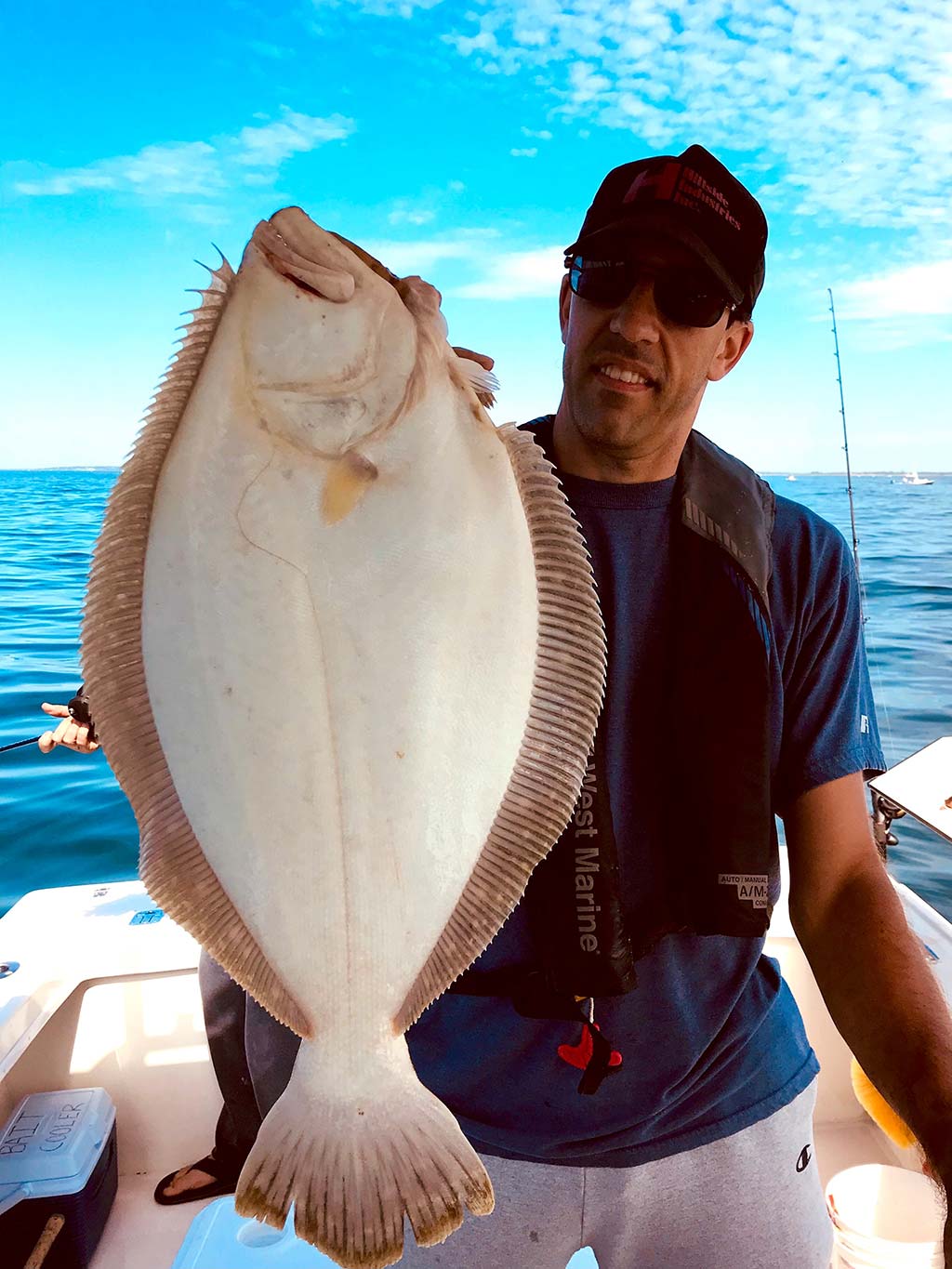
A View From Below
A few years ago, a jumbo fluke gave me some insight into its habits. I was free-diving (mask, snorkel, no tank) on a piece of rocky bottom. I was near the mouth of Narragansett Bay in Rhode Island and was looking for stripers in a boulder field. The boulders and the water were dark – really dark — and there was a lot of dark red algae growing tightly to the rocks. I would dive down and pull myself along the bottom. This was your classic blackfish neighborhood with tons of nooks and crannies to hide in. There was a sand-rock edge about 50 yards farther out, but I was more in the center of the boulders. Then I saw the fluke. It was in 15 feet of water with poor visibility. I almost ran into the fish before I realized what it was. The fish was about 8 pounds and looked like a small halibut to me. I held my breath as long as I could just looking at it, trying to freeze it in my mind, preserving it, before I had to surface for air. I’ve thought a lot about that fish. That fish was well up in the boulders, not on the edge. The fish was sitting on the side slope of a big boulder, facing the sun. Maybe it was using the glare of the sun to ambush juvenile blackfish. I don’t know, but that fish looked perfect sitting there in a well-chosen spot to inhale a cunner, blackfish or scup. That bottom was as nasty and boney as bottom gets – you would never be able to work a bucktail in rocks like that, and never be able to fish a three-way rig. That fish likely spent lots of time out on the sand, on that edge, but then something, food or opportunity, made it move into the shallows, deep into the rocks.
Fluke, especially the big ones, are your classic “sometimes” fish. For instance: sometimes you get them on sand, sometimes on rock. Sometimes, on silt or clay or mud. Sometimes on the top of a hill, or ridge, sometimes in the valleys. Sometimes they are in the weeds, or in bottom too sticky to fish in. To further complicate things, sometimes they bite better on the moon, sometimes off it. Hunting big fluke can be humbling.
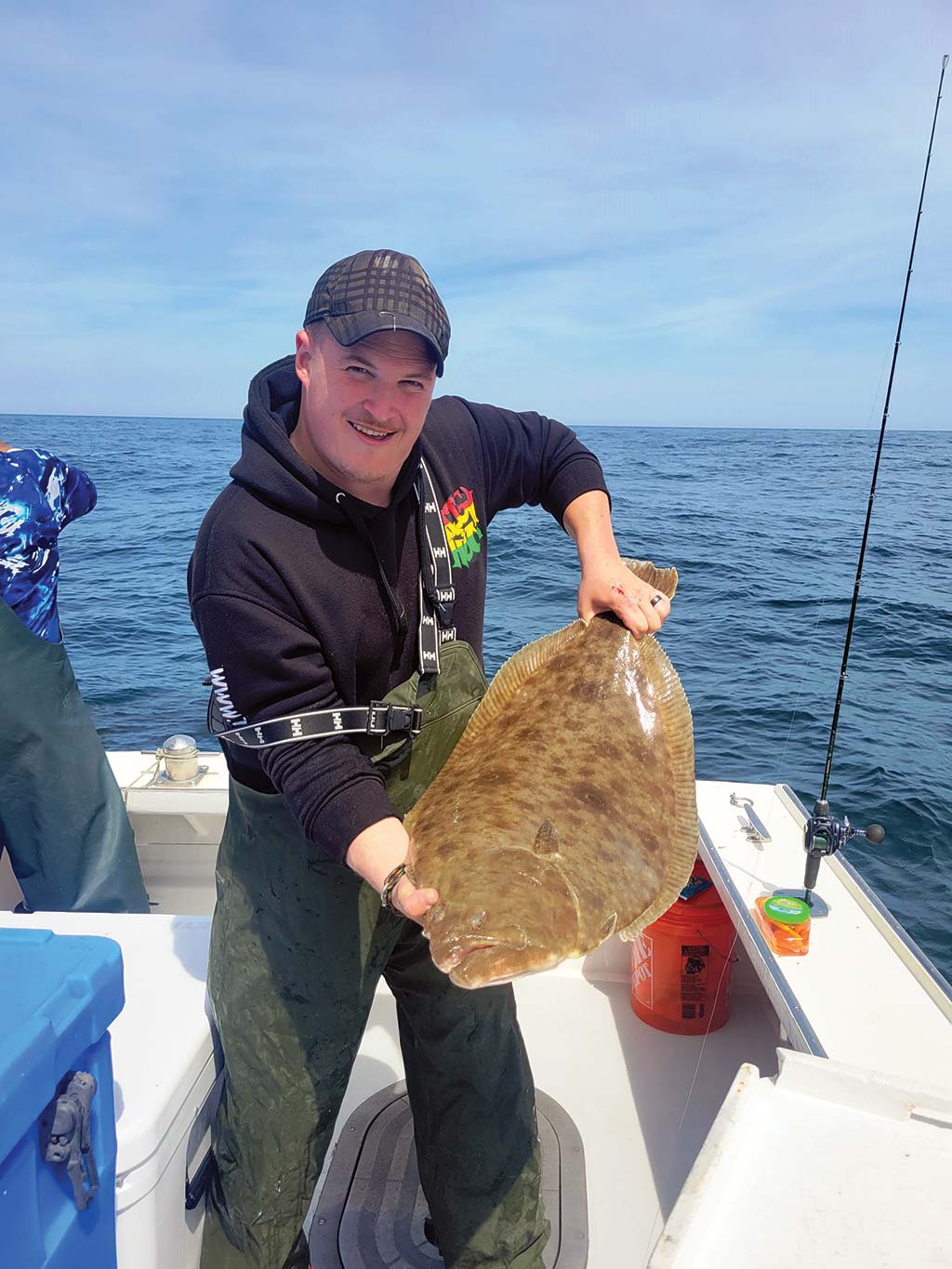
Deep Thoughts
If you had to catch a 10-plus pound fluke I think one of the most important parameters is depth, and that often means working ocean waters off the Jersey Shore, New York Bight, Long Island’s south shore, Montauk, Block Island, Rhode Island and Massachusetts, especially Nantucket Shoals. Some big fluke also roam the depths of Long Island Sound. For the most part, I would focus on water depths of 50 feet or more. I would then put most of my time into fishing on the edges of various bottom types like sand and clay right next to hard bottom, rock, reefs or wrecks, as well as slopes and humps. My jumbo fluke spots are more of a coin toss. I may not get many fish, but I might get one or two real quality fish. I think the bigger fluke move more in deeper water. They don’t just sit waiting for the fall migration. I think water temperatures in the deeper depths remain relatively cool keep the bigger fluke moving and eating. Generally, you will also find larger concentrations of bait in deeper water. Baby and adult butterfish in late summer form dense schools, as do squid, whiting and sand eels.
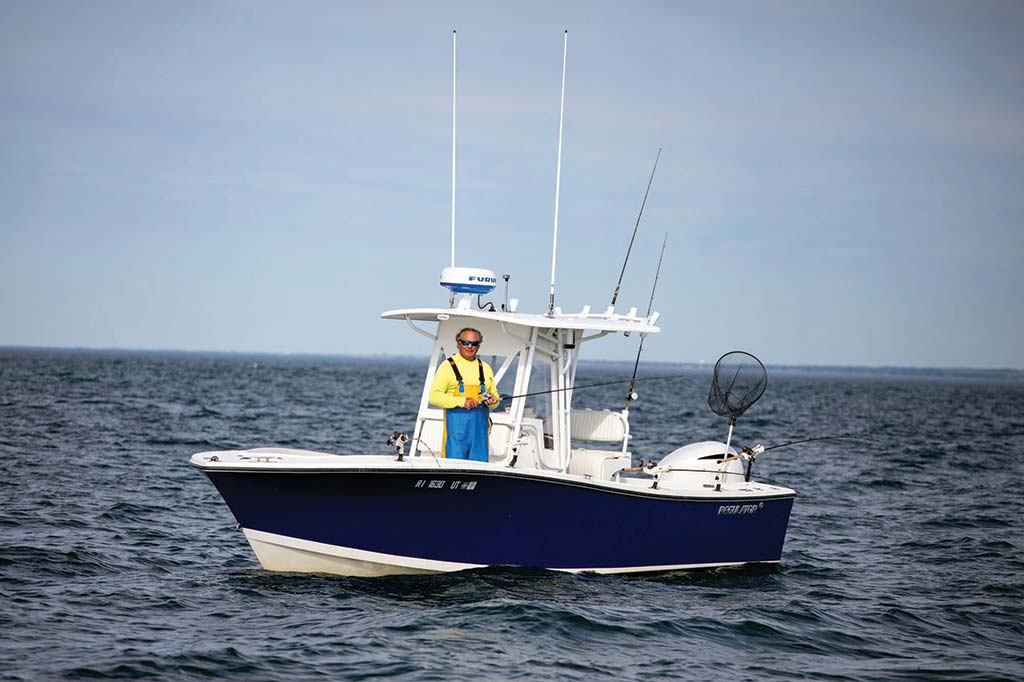
Rigs & Methods
“If I had to tell someone how to catch a big fluke I’d say to put your time into finding a concentration of big bait in deep water. I would also tell them not to be afraid to fish away from the fleet and the known hotspots.”
– Andrew Nichols owner of Fishin’ Factory 3 in Middletown, CT
“I get fluke on very specific drifts. I fish the same drifts year after year. Fluke like a very specific bottom. You’d think it wouldn’t matter but it does. I like light west winds for fluke and not crazy current. When I’m looking for big fluke I like to use a big hook – 7/0 to 9/0. Olde Salt Hooks are good, as well as Gamakatsu baitholders. Big fluke are where the bait is – sand eels, whiting, squid, juvenile groundfish. You need to have bait around. That is why the Nantucket Shoals are so good. There is so much bait there.”
– Capt. Willy Hatch, charter boat Machaca, Falmouth, MA
“Most of south Jersey is straight sand and therefore doesn’t harbor big concentrations of bait. When I want to put my guys on a big fluke I go to places where I know there are healthy communities of bait and that means hitting manmade reefs, known snags and piles of junk on the bottom. These snaggy areas provide the greatest hunting opportunities for the fluke and at the same time deter anglers unwilling to risk losing gear. I will short drift over piles of concrete, natural and artificial rock formations with its encrusted corals and mussels, reef balls, tanks, and other structure. Repeated short drifts keep my anglers in the target zone and avoids downtime. When fishing wrecks, present your offerings along the sides of the wreck, within feet of the structure as the areas closest to the wreck or its debris field will hold the most bait.”
– Capt. Harvey Yenkinson, Vetcraft Sportfishing, Cape May, NJ
“Most guys want that perfect 1-1/2 knot drift and that’s fine if you want to limit out. But when the tide slacks, they stop for lunch, that’s a big mistake! If you’re looking for a true doormat, target the last half hour of the ebb through the first 45 minutes of flood and do whatever you need to in order to keep your baits moving. Big fluke don’t wait for the tide to sweep grass shrimp past their mouths, they glide along the bottom looking to ambush larger prey; porgies, bergalls, snapper blues, squid and such. Fish the ends of the tide hard and you will catch bigger fluke!”
– Dave Lily, hardcore fluke sharpie, North Jersey
“I have found that beefing up my bucktails with a sizeable strip of bluefish belly really helps cull out the smaller fish and makes those big ones hold onto it a lot longer. I typically find my biggest fluke in 70- to 80-feet of water in that one hour window of slower water around the turns of the tide.”
– Capt. Savio Mizzi, Fishooker Light Tackle Charters, Montauk, NY
Fluke fishing is not exempt from frustrations. If you want to kick back and relax, mellow out, then you might get disappointed. It’s active fishing. If I am really trying to get a decent fish and the bite is off, and I’m moving, making short drifts, hitting different substrates, then I’m apt to get irritated. We fish through hangs, and dogfish, and an endless procession of black sea bass. We fish through a hundred different kinds of seaweed. Keep working, as maddening as it may seem. Try wrecks, and fish around all sides of them. Try sand and mud bottom around the wreck. Fish spots where you know the current runs. Big fluke seem to love deep water with a good flow. Go there and fish at slack and the turns. Watch your drifts. The drift is the key to successful fluke fishing. I leave my chart plotter in north up mode. That way the screen is fixed, with north at the top of the screen, south at the bottom. One glance at the plotter and I can tell what is going on. But the pros, the best fluke fishermen, know their drifts, they groom them, they keep them fairly close to their chests, like a protective parent. The pros have hundreds of drifts, each for a different wind and tide. The drift is their bread and butter. For the rest of us, there is always humility.
I keep my rigs fairly simple. I like bucktails and carry sizes from ¼ ounce up to 6 ounces. The light jigs I rig above the heavy jigs. For my three-way rigs I use either a single curly-tail grub rigged on a 6/0 bait-holder hook, or I run a long drop to a big strip of squid. I fish two rods. I hold the jig rod and dead-stick the other. I fish braid and run the braid right to the leader. I don’t fish top shots of mono. When I jig fish, I don’t go nuts with the jigging motion, nothing hyperactive about it, just a slow up and down. I’ve had big fluke hit a motionless jig. Actually, my biggest fluke, a 13.5-pound doormat, hit the jig with the rod in the holder. That jig was just gliding about a foot off bottom with no motion at all. I was fishing in 110 feet of water in a valley inside Vineyard Sound. We had been getting good fish to 9 pounds, then the bite died, and we made a long drift, sat down, had lunch, and rested a bit. Then the rod went off. This happens more often than you would think – we work hard at something and then let up a bit and boom, right when we least expect it, the rod bends. But, that is how fishing is and we should be able to learn from those experiences. Getting on the Fisherman’s Dream Boat scoreboard will undoubtedly require a double-digit flattie. Follow the advice offered here, put in the time, and you could be in the running for that tricked out 25-foot Steiger Craft grand prize.

